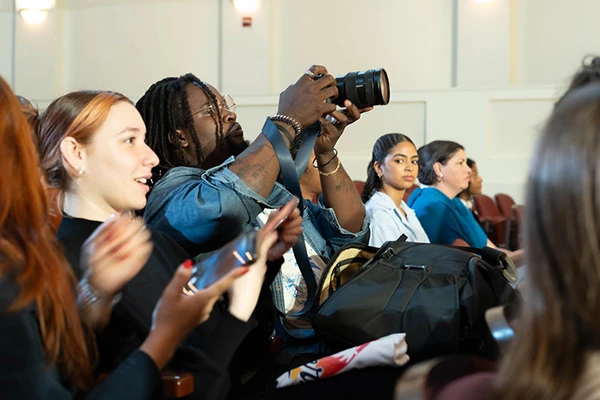Photos and videos are valuable additions to every university website, but getting the most value out of your multimedia content comes down to understanding users' priorities.
The largest audience for university websites is students and what they want is simple: visuals that capture the university's culture—honestly and uniquely.
Think about what story you want to tell
When it comes to universities, it's easy to find numbers. Everything from rankings to enrollment statistics can be found through a quick Google search or tossing a few questions at an AI bot.
But what about what's beyond the numbers? There is plenty about a university and its students that can't be captured by data.
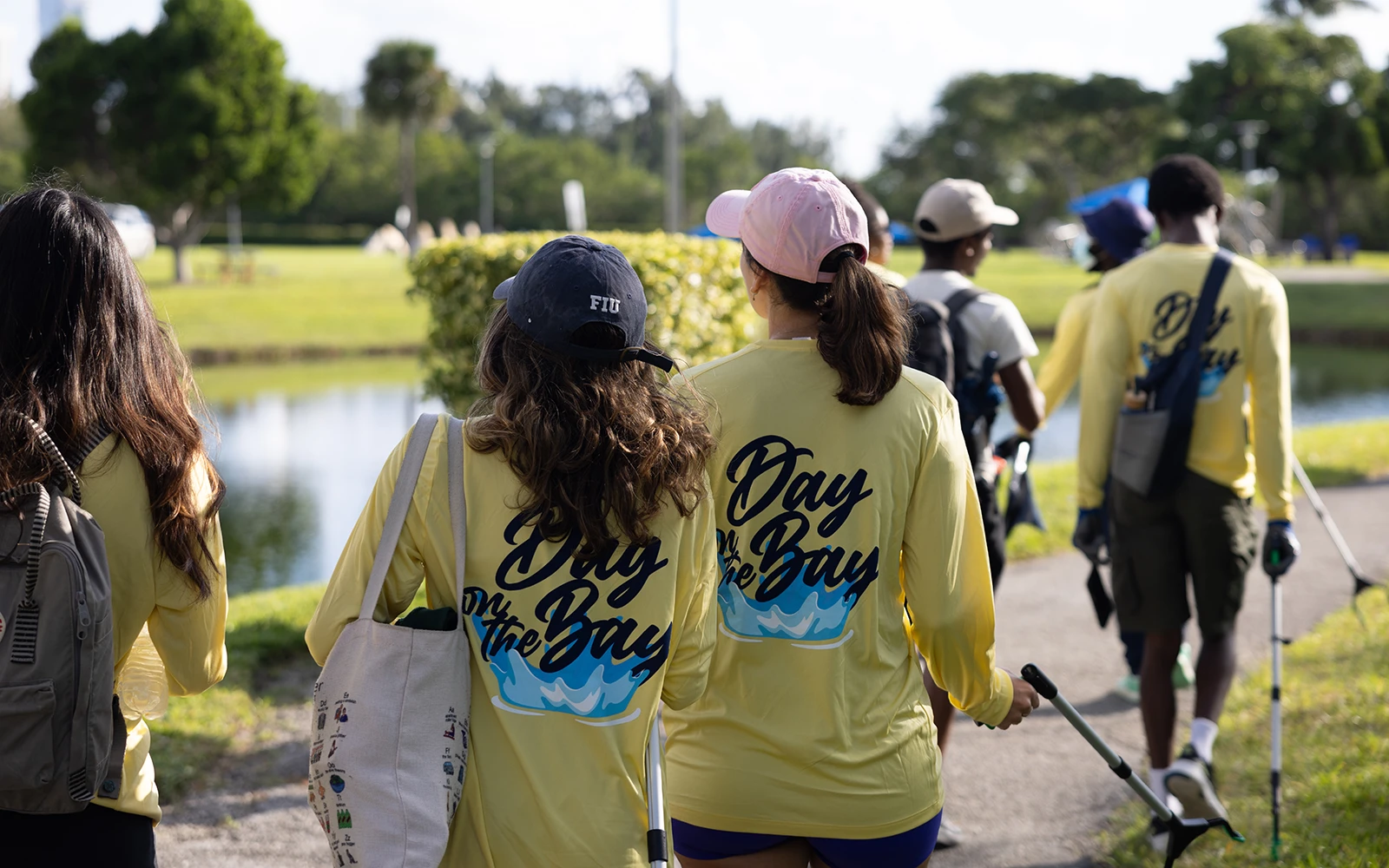
Campus life, for example, is better to show than tell. When choosing where they want to attend, the quality of campus life can be just as important as quality of education for prospective students.
How do we highlight the quality of our campus life? We can talk about how many clubs we have and how many events we host, but tables of stats can only go so far in connecting numbers with reality.
That's where photos and videos come in. By putting up visuals of these clubs and events to go along with our content, we can show students there's substance behind the numbers. It tells students, "Hey, we have hundreds of clubs—here they are in action!"
Use visuals to show the vibe
Every time you include multimedia content on your website, you're making a statement about how you want the university to be perceived. Even simple things like trees or the fronts of buildings can tell students a lot about what life on campus is like.
And students want to know that! Most students ask the same basic questions when considering what university they want to attend. One particular question is on their mind when looking at photos and videos:
Will I fit in?
Anyone looking to join your university is curious about what culture they're stepping into. Words can tell them about culture, but why spend all that time telling users about it when you can show them?
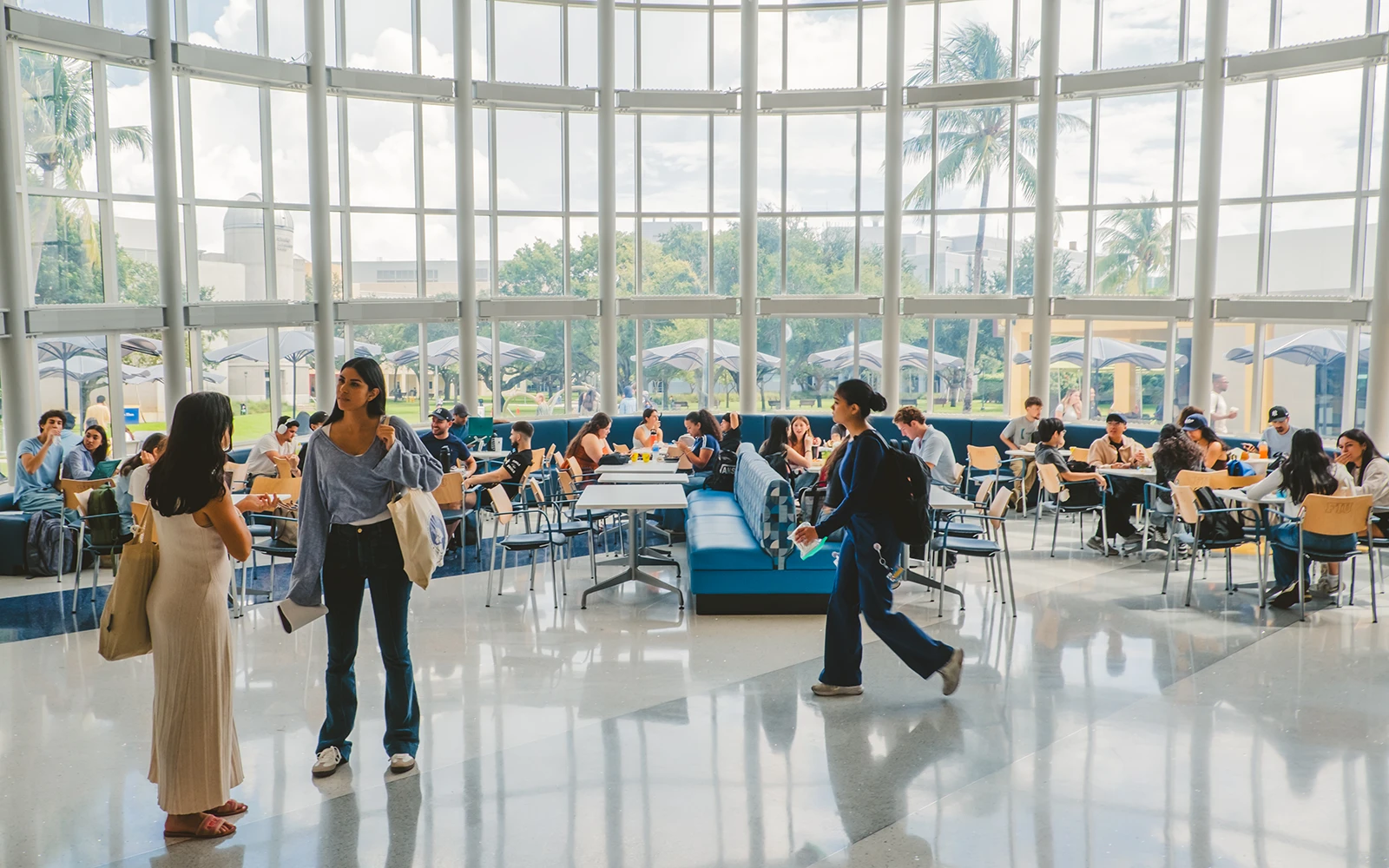
For example, if you want to show off how lively campus gets at lunchtime, then a candid photo or video of students talking and eating together will do the trick–like the one above of FIU's Graham Center atrium. In one swoop, you can highlight the greenery on your campus, the diversity of your student body and the friendliness of your university's culture.
The best images aren't always "perfect"
Every creator wants to create a perfect work of art when it's time for new content. However, what is "best" for a particular assignment does not always mean "perfect."
A study on Gen Z by Ernst & Young found more than 92% of the participants reported authenticity as their most important personal value. That means the best visual content is often the most genuine visual content—less staged perfect media and more authentically imperfect media.
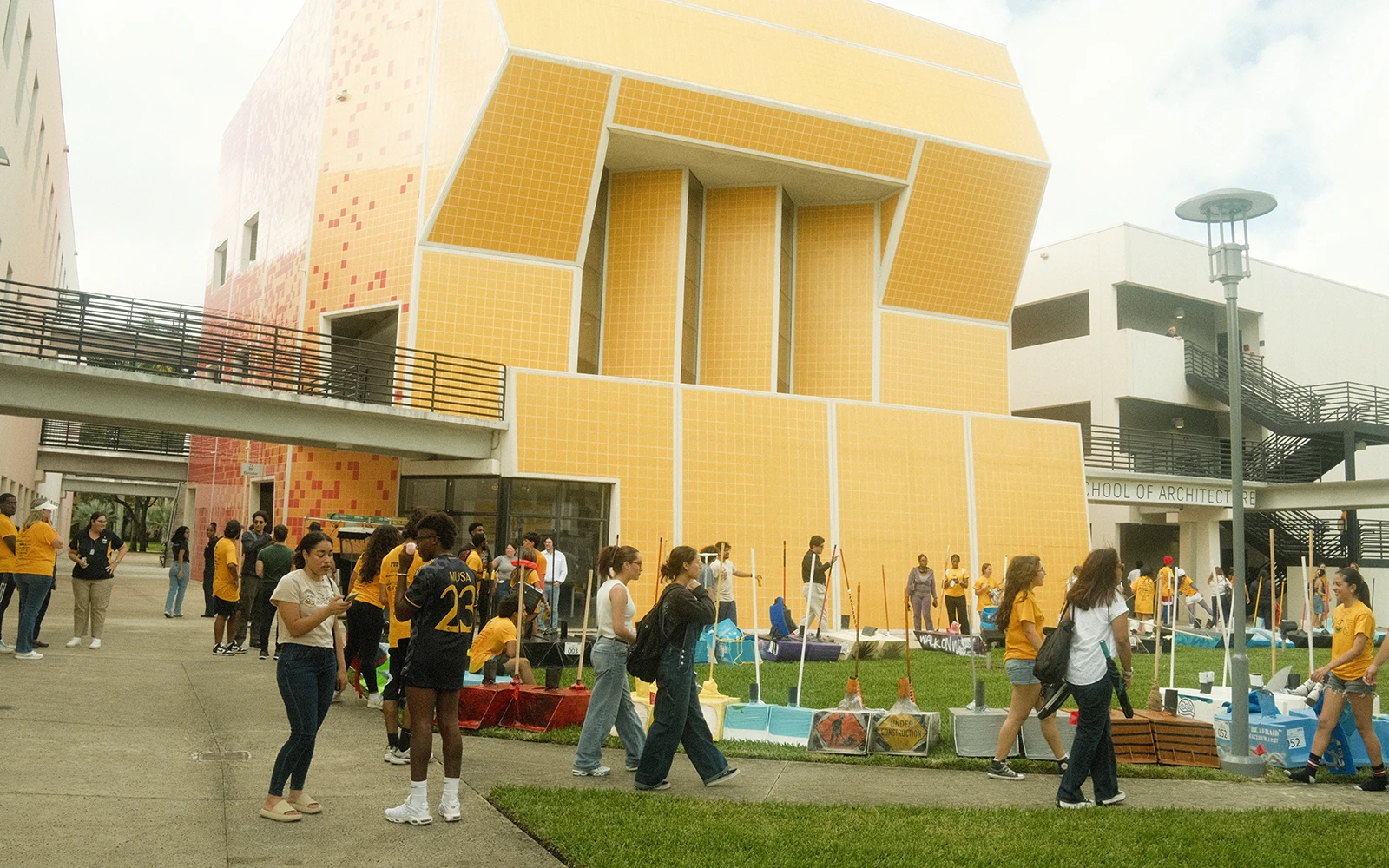
Take a look at the photo above. The imperfections are what make it high-quality! It may seem silly to take a photo where you're accidentally catching a student in the background mid-sneeze, but it's those small details that make a photo look genuine and trustworthy.
Use the right media for the right situation
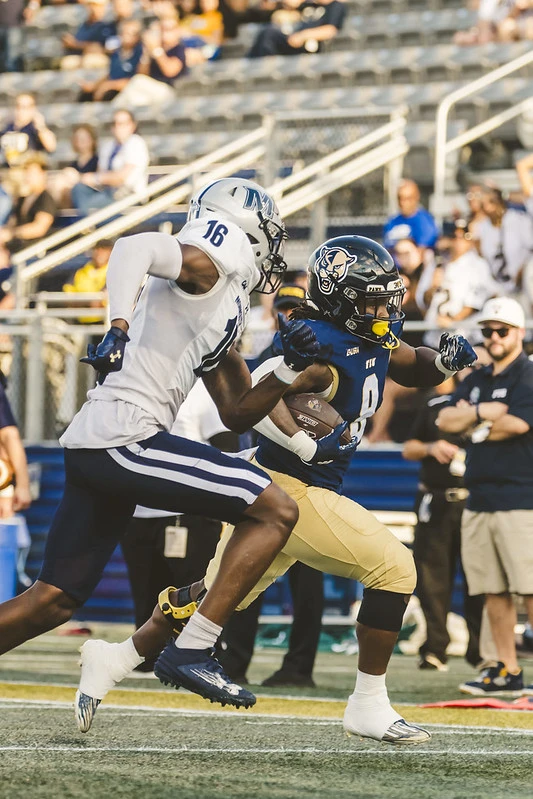
Hyping up our university is natural! After all, the most striking media comes from the biggest events: convocation, graduation, football games.
And there is a place for those kinds of visuals! Something phenomenal for an athletics page may be less ideal for a student life page.
This photo of FIU football is high-quality and captures an incredible moment, but it tells us more about athletic life than everyday student life. It might fit with the right context, but it might be better to just use a different photo.
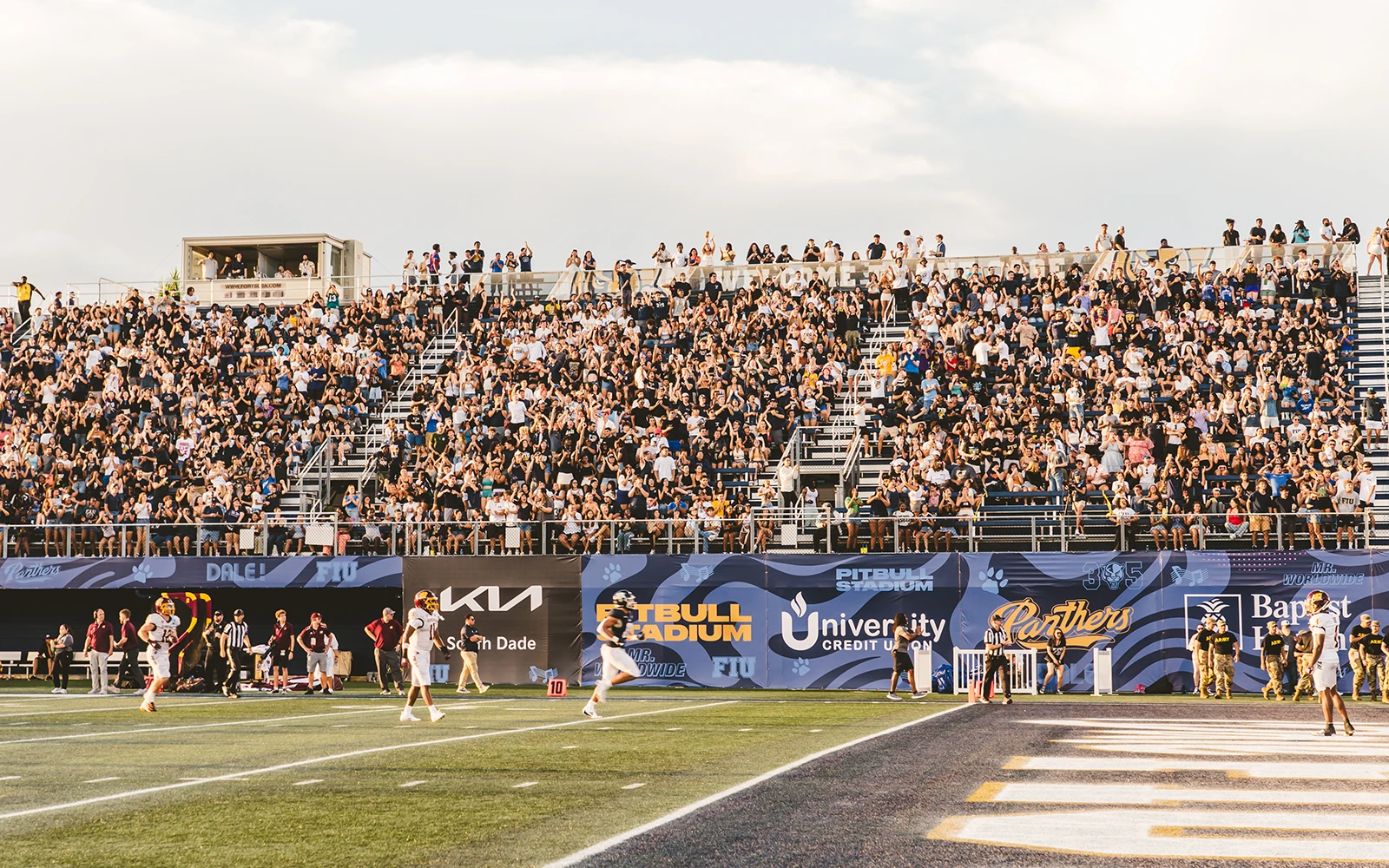
In other words, you might want to instead use a photo of the game's tailgate or a video of the cheering crowd if student life is what you're trying to show off!
Establish trust through people
Visuals give us the opportunity to highlight the intangible side of our university—its unique student life, vibrancy and community.
By showing these intangible qualities in an honest and meaningful way, you answer the vital question mentioned at the start of this post: "Will I fit in?"
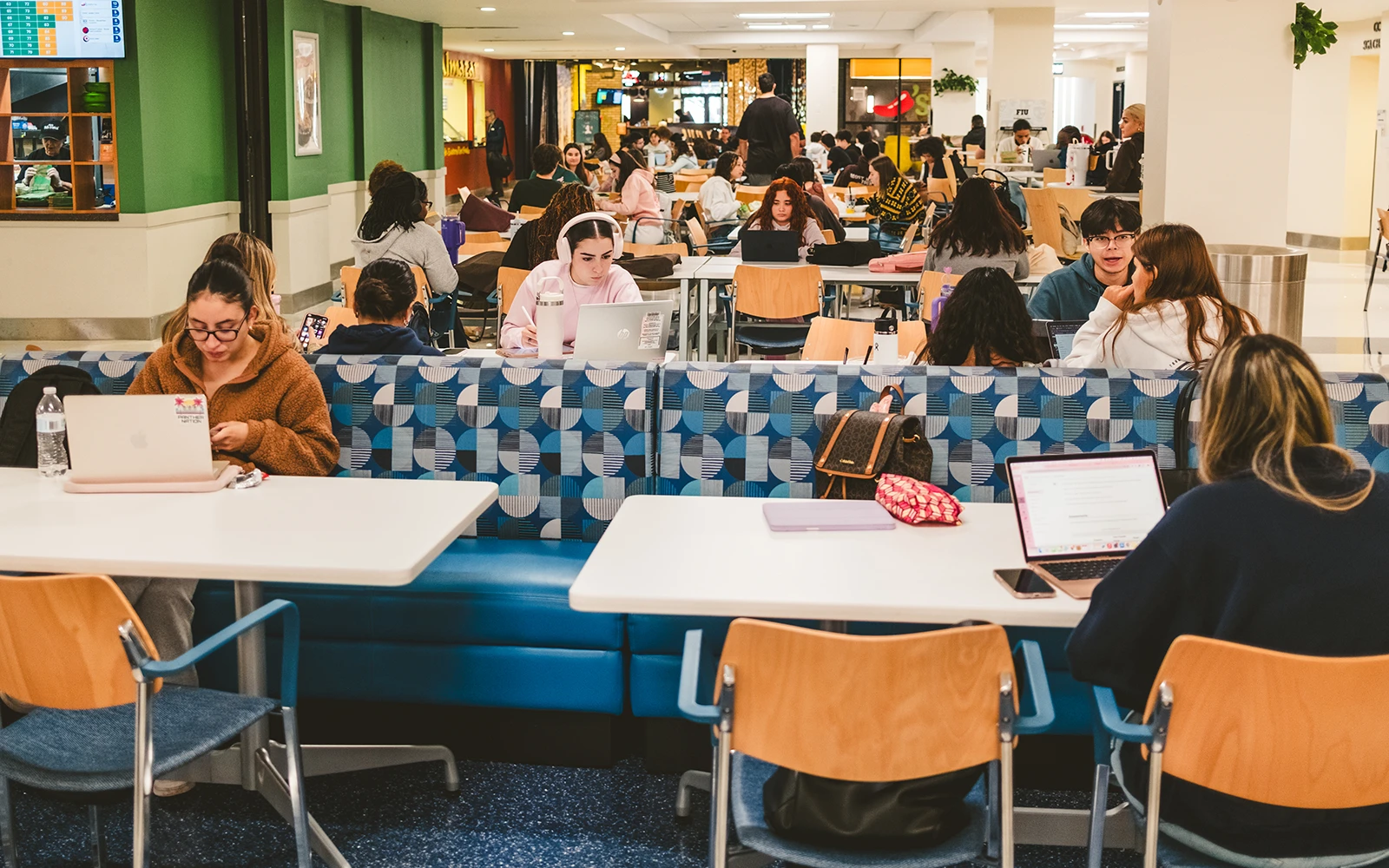
But how do we do that? It might seem silly to use a regular, everyday photo to fulfill such a complicated goal, but photos like these provide two major benefits that work together to accomplish that goal.
First, this photo is all about the people at FIU. Research points to human photos being key to organic website traffic, so taking this opportunity to showcase students, faculty and staff is always a good idea.
The photo also wasn't staged! No one was asked to sit in certain places or to smile at the camera. Remember, authenticity is a top priority for younger users.
It's also a photo that highlights many qualities about FIU while maintaining that newly won trustworthiness. In one photo, a prospective student can see:
- The makeup of the student body
- How casual/formal people are
- How many students you can expect to see in public areas
- Food options on campus
These are small details, but they are a big deal to students deciding where they are going to spend years of their lives. Candid photos of social areas on campus go far in showing them what FIU is actually like, and the views you can only get there.
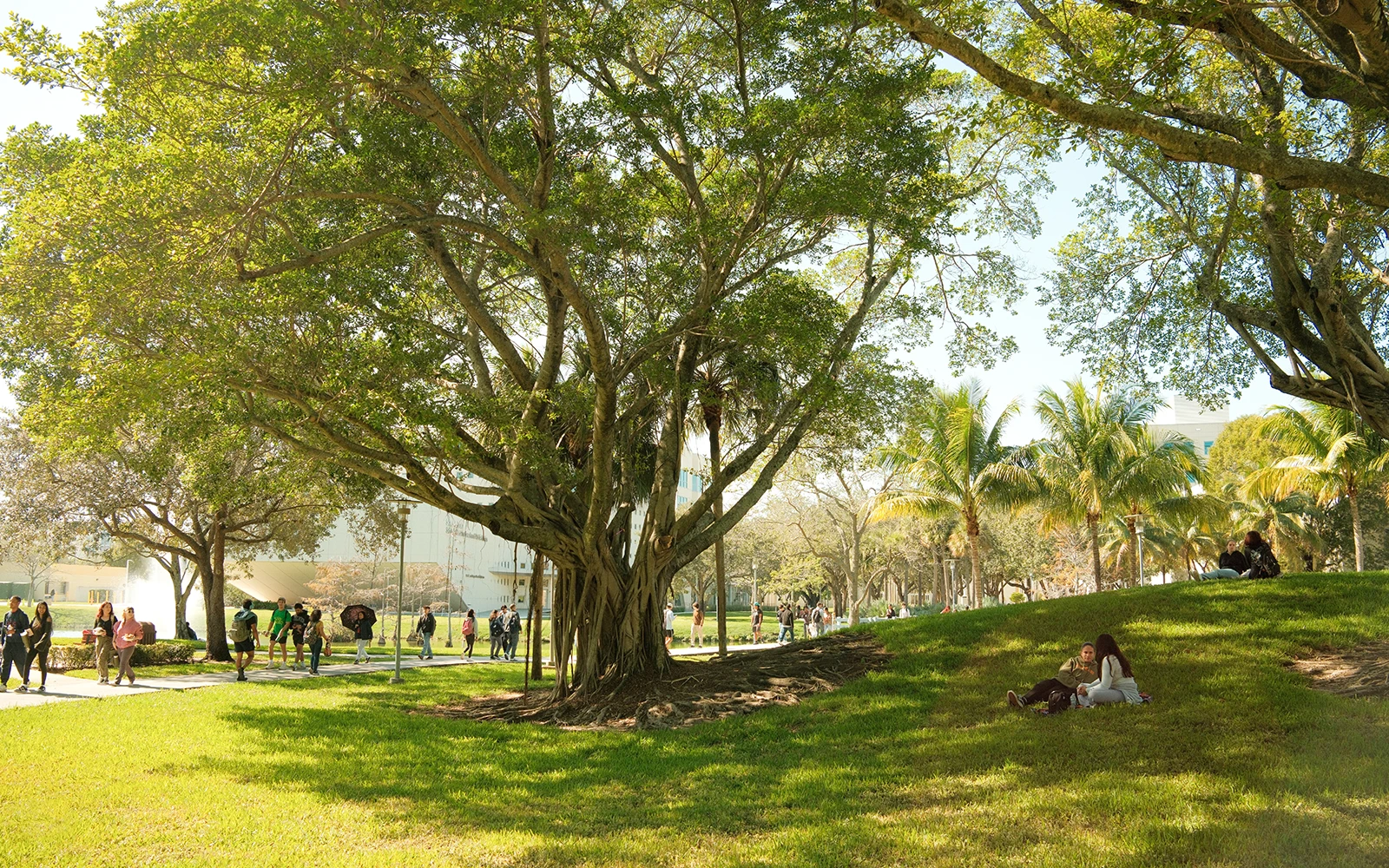
Speaking of views, don't be discouraged from showing off your campus just because people-centered photos are so valuable! The physical spaces on campus play just as big of a role in defining your university's unique identity as the students within them.
Outdoor photos can reveal lots of information regarding climate, campus liveliness and the amount of green space to prospective students. Likewise, indoor photos can reveal the sense of community, the sophistication of your resources (like labs and classrooms) and how much care goes into keeping them pristine.
What now?
What we've read so far does not mean we have to take drastic steps like rebranding our unit or scrapping entire collections of visuals!
Instead, it presents a great opportunity for everyone involved in content creation and content implementation to see visual content from a new perspective:
- Multimedia teams can take new approaches regarding the subjects, locations, etc. of their photos.
- Website managers can think about what effect different kinds of visuals can have on different pages.
- Content creators can refine their creative pursuits with new goals of authenticity in mind.
In other words, different teams can start working toward the same objective of answering the call for genuine and unique imagery that is sought by prospective students.
This post is part of a series based on Nielsen Norman Group's (NNG) University Websites, 2nd Edition, a research report focused on establishing best practices for university website UX and design.
